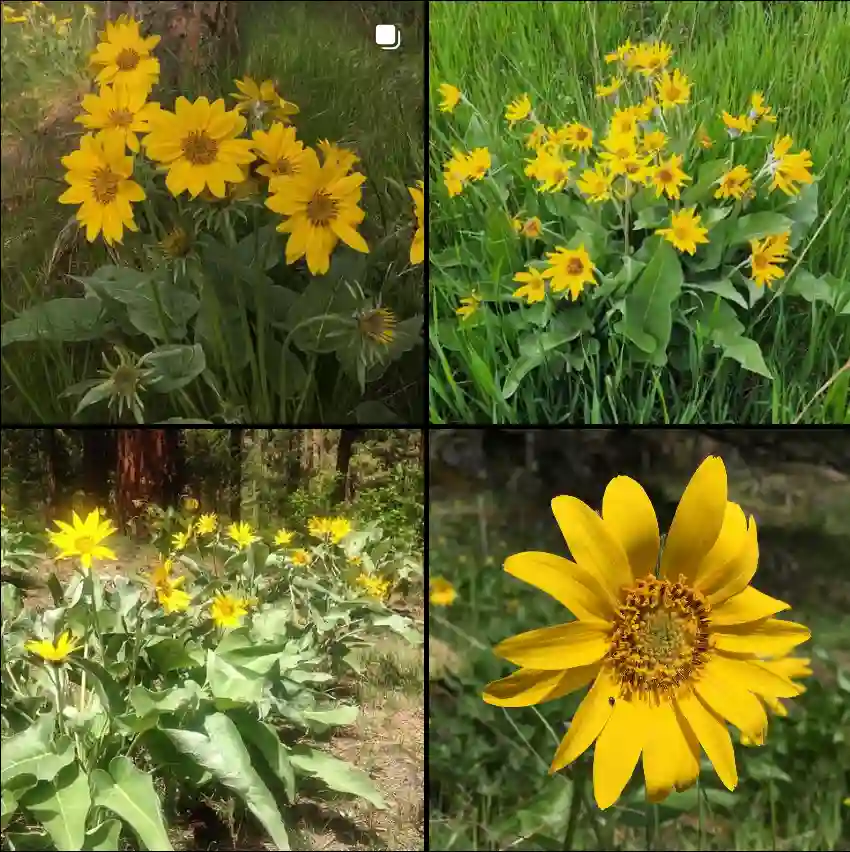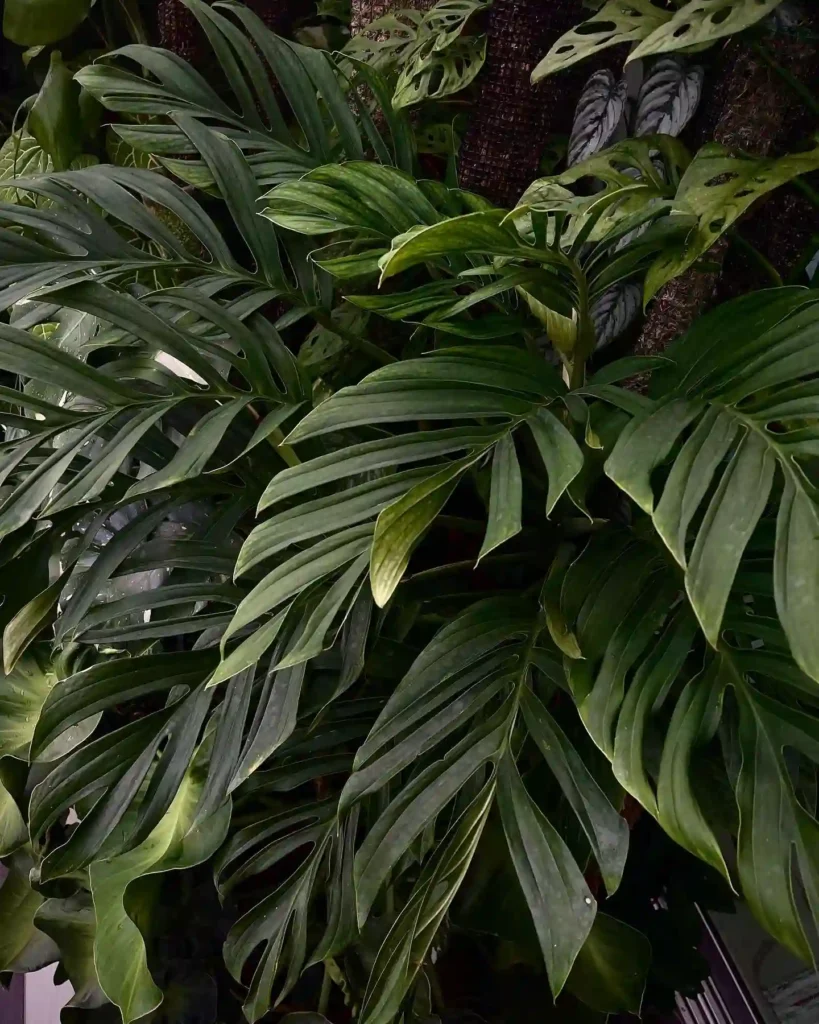FAQs About Aloe Squarrosa
Aloe Squarrosa, with its unique rosette arrangement and striking appearance, has become a favorite among succulent enthusiasts. If you’re considering adding this plant to your collection, you might have a few questions. In this article, I’ll cover some of the most frequently asked questions about Aloe Squarrosa, from propagation to care and its benefits.
605 Species in Genus Aloe
What Is Aloe Squarrosa?
Aloe Squarrosa is a distinctive succulent species known for its dense rosettes of fleshy, spiky leaves. Native to South Africa, this plant stands out with its compact size and striking leaf patterns. Unlike some of its relatives, Aloe Squarrosa has a unique, almost geometric leaf arrangement that can add a touch of modern elegance to any space.
How to Care for Aloe Squarrosa?
Caring for Aloe Squarrosa is relatively straightforward. Here are some key points to ensure your plant thrives:
- Light: Aloe Squarrosa prefers bright, indirect light. A south-facing window or a spot with filtered sunlight is ideal. Too much direct sunlight can cause leaf burn, while too little light can lead to slow growth.
- Water: Like most succulents, Aloe Squarrosa is drought-tolerant. Water sparingly, allowing the soil to dry out completely between waterings. Overwatering can lead to root rot, a common issue with succulents.
- Soil: Use a well-draining soil mix, such as a cactus or succulent mix. Good drainage is crucial to prevent root rot.
- Temperature: Aloe Squarrosa prefers temperatures between 60-80°F (15-27°C). It can tolerate brief periods of cooler temperatures but should be protected from frost.
How to Propagate Aloe Squarrosa?
Propagating Aloe Squarrosa is quite simple and can be done through offsets or leaf cuttings.
- Offsets: This is the most common method. Gently remove the offsets (baby plants) from the base of the parent plant. Allow the offsets to dry for a few days to form calluses before planting them in a well-draining soil mix.
- Leaf Cuttings: While less common, you can propagate Aloe Squarrosa from leaf cuttings. Cut a healthy leaf at the base and let it dry out for a few days. Once callused, plant it in a pot with well-draining soil. Water sparingly until roots develop.
Aloe Squarrosa vs Juvenna
Aloe Squarrosa and Aloe Juvenna are often confused due to their similar appearances. Here’s how to distinguish them:
- Aloe Squarrosa: Features more rigid, triangular leaves with prominent teeth along the edges. The rosettes are denser and more compact.
- Aloe Juvenna: Commonly known as the “Tiger Tooth Aloe,” it has narrower leaves with less pronounced teeth. The rosettes are typically more open and less dense compared to Aloe Squarrosa.
What to Plant with Aloe Squarrosa?
Aloe Squarrosa pairs well with other succulents and drought-tolerant plants. Consider planting it with:
- Echeveria: Their rosette forms complement each other well.
- Sedum: Adds variety in texture and color.
- Cactus: Creates a desert-like landscape.
Can You Grow Aloe Squarrosa Indoors?
Yes, Aloe Squarrosa can be grown indoors. It thrives in bright, indirect light and can adapt to indoor conditions. Ensure good air circulation and avoid placing it in dark corners. A south-facing window or a bright, well-lit room is ideal for its growth.
Is Aloe Squarrosa Toxic?
No, Aloe Squarrosa is not toxic to humans or pets. However, it’s always best to keep all plants out of reach of small children and animals to prevent any accidental ingestion or irritation.
Benefits of Aloe Squarrosa
Besides its aesthetic appeal, Aloe Squarrosa offers several benefits:
- Air Purification: Like many succulents, it can help purify the air by removing toxins.
- Low Maintenance: Ideal for busy individuals, it requires minimal care and is resilient to neglect.
- Decorative Appeal: Its unique leaf structure and compact size make it an attractive addition to any plant collection.
Common Problems with Aloe Squarrosa
While Aloe Squarrosa is generally easy to care for, it can encounter some issues:
- Root Rot: Often caused by overwatering or poor drainage. Ensure the soil dries out between waterings and use a well-draining pot.
- Leaf Burn: Excessive direct sunlight can cause the leaves to scorch. Provide filtered light to prevent this.
Compare with Other Similar Plants
If you’re considering alternatives to Aloe Squarrosa, you might look at:
- Aloe Vera: More commonly known and used for its medicinal properties, it has broader leaves and a different growth pattern.
- Haworthia: Offers a similar rosette form but with a more compact and varied appearance.
In summary, Aloe Squarrosa is a fantastic addition to any plant collection, offering both beauty and ease of care. With its unique appearance and minimal maintenance requirements, it’s a plant that can bring a touch of elegance to your home or garden. Whether you’re propagating, caring for, or simply enjoying it, Aloe Squarrosa is a rewarding choice for succulent enthusiasts.
If i die, water my plants!



